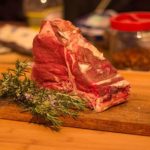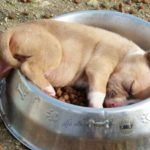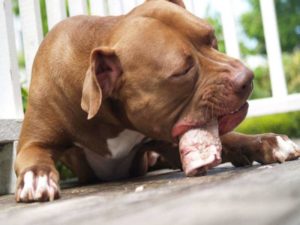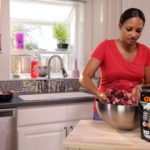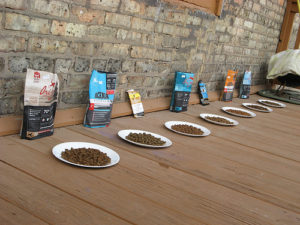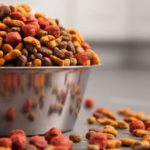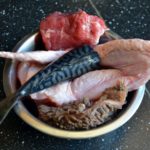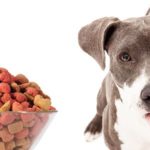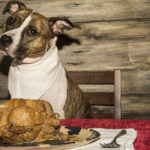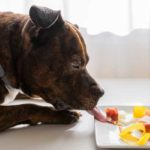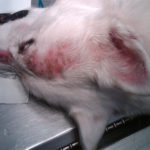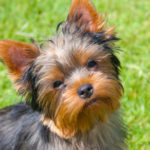Nutrition
Pitbulls are strong and active dogs. And because of that, they obviously require a lot of food to keep up all that work and generate energy.
Their size should not confuse you – pitbulls’ muscle mass is considered one of the largest throughout all dog breeds.
Moreover, pitbull puppies and active dogs eat almost as much, as an average human. So it’s easy to understand why all this food has to be not only nutritional, but safe and healthy. There are many shades to the diet problem.
Diet Changes
First of all, you have got to know that puppies eat much more food than adults and especially old dogs. Their body and muscles actively develop, while they are staying energized the whole day long. As the dog gets older, it’s development finalizes and it becomes more content and calm. And pitbulls are calm just by their breed. And finally, with it being old and almost never moving, the energy requirement falls drastically.
Why do you need to know this? It’s obvious – to adapt the pet’s diet better.
Same goes the other way: giving too much food to an adult would just waste the food, or, which is less likely, the dog will start gaining weight, leading to stamina and strength loss. So be aware.
Forming a Feeding Chart
There’s a fundamental problem with forming a diet for a pet or even a person. And that is – there’s no universal way of doing it. Everything depends on circumstances and other factors that differ with each case. So it’s up to you to think of your new pitbull’s diet.
There are guidelines to doing so, and you should definitely follow them:
Firstly, as written above, identify your dog’s age:
- A puppy mostly needs regular (3-4 times a day) feeding. Basically, to fulfill the large nutrition requirement you should give a lot of small portions, and not the other way around. Even pitbull puppy’s digestion system isn’t strong enough to coup with large amounts of food at on single moment.
- The older pitbull is, the rarer you should feed the dog. But portion size more-less stays the same throughout your pet’s life.
Secondly, make sure you choose the best quality foods for your dog. It’s not worth saving up money here. Make sure it has natural high quality protein inside, as it’s a key to muscle strength (just what pitbull has and needs), and overall throw off everything with too much (or any) synthetic ingridients or high chemical consistence. It’s not good for you pet.
Thirdly, experiment with portion size for a bit and see which is just enough. The bowl shouldn’t be fully clean, but there shouldn’t be too much excess on it. Pay attention to how your dog eats. Do some analysis, basically.
And finally, repeat the actions when needed.
